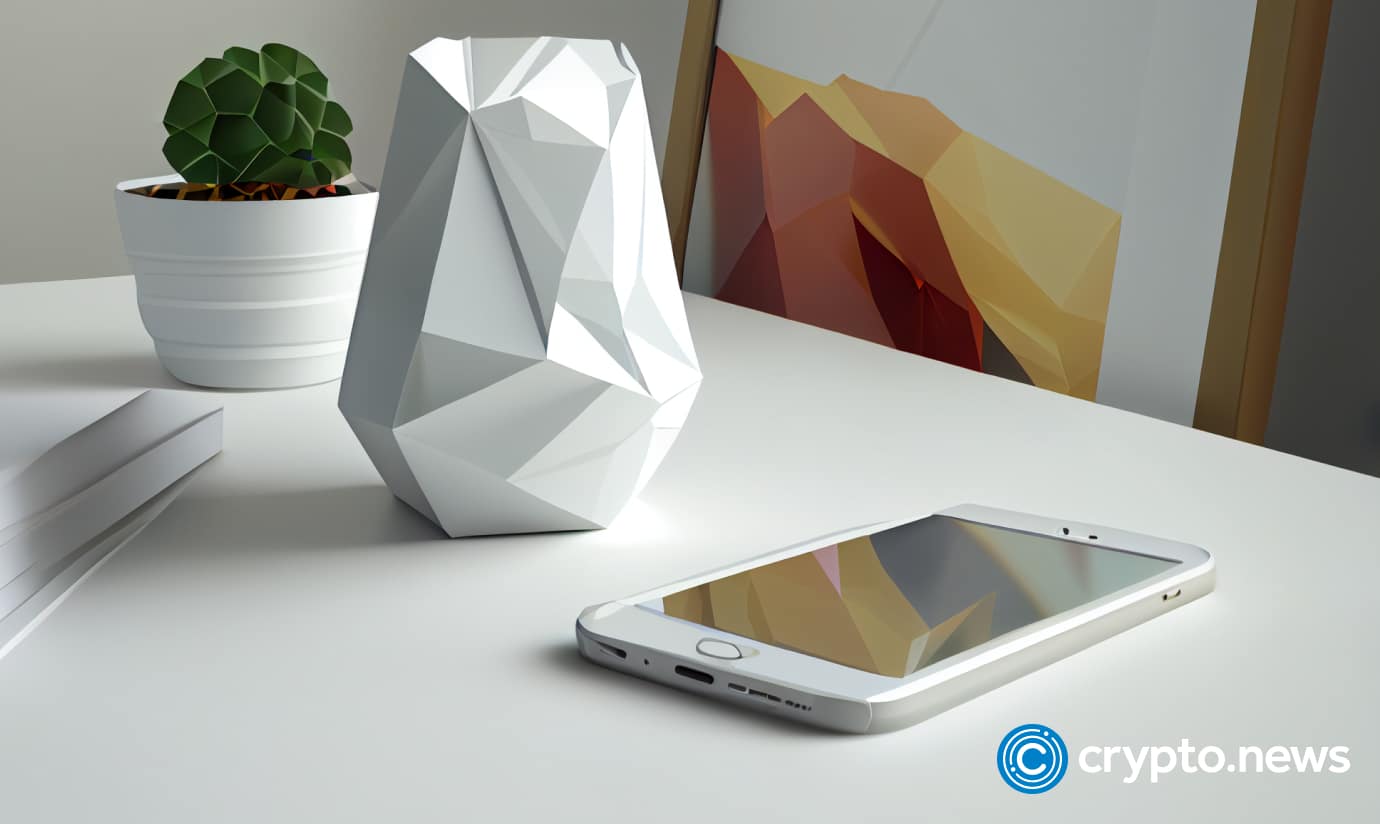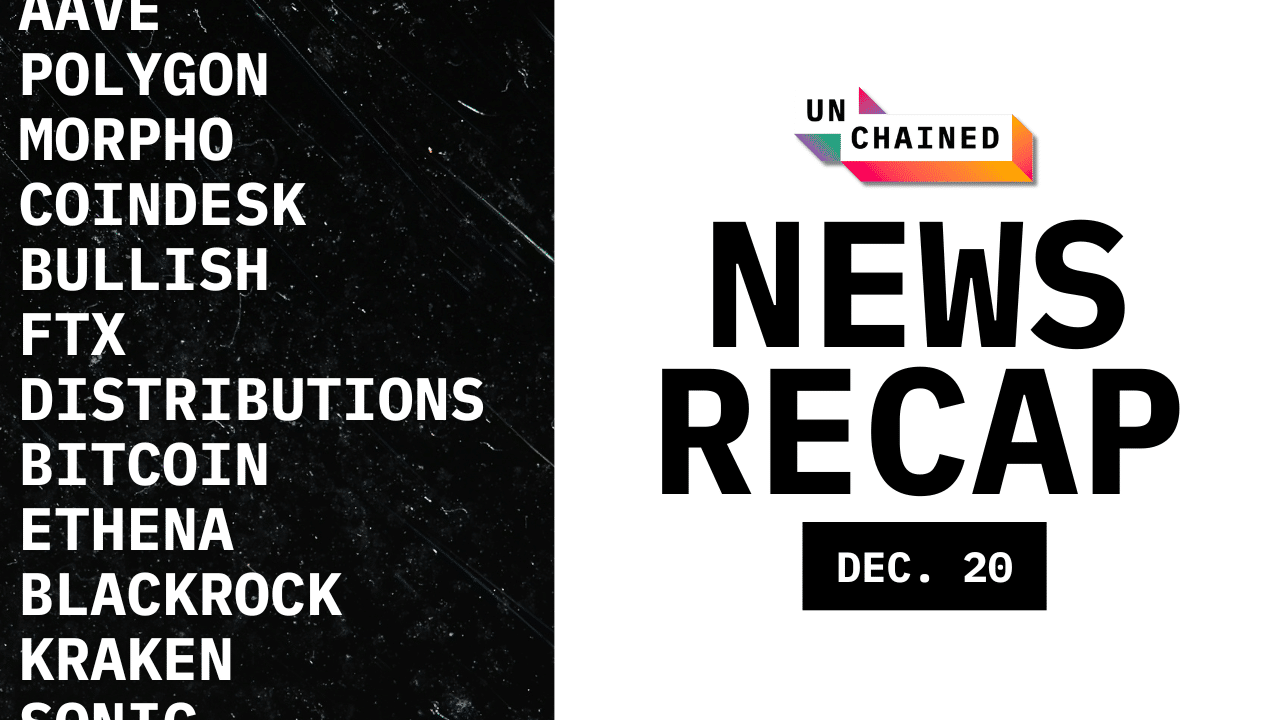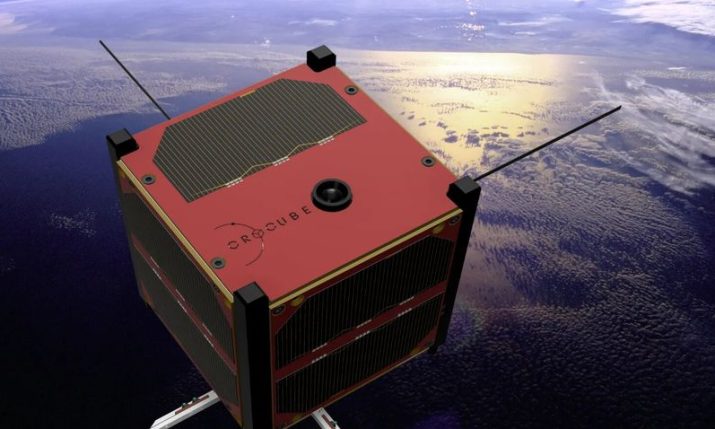
U.S. Marines in a communications shop played a little prank on naive young guys who arrived, right out of bootcamp, at Camp Pendleton many years ago.
Our World War II-era radios had big glass tubes that broke or burned out often, so every private or Pfc spent some time running around Southern California to different supply shacks with a clipboard full of requisitions. If a kid looked young and innocent enough, the comms sergeant would send him out in search of some fallopian tubes.
The joke was, company supply would say, “Awww man, fallopians — maybe you should try battalion supply,” then battalion would say those are handled at division level, division would send the guy to regiment and so on. Pretty soon, our gullible naif would be filling out a form asking Washington to send us a big batch of fallopian tubes.
I don’t know how many young Marines fell for it. But when they sent me, I jumped in a Jeep and went to the camp PX to read comic books and drink milkshakes all day.
Then I went back to the radio shack and acted all chagrined. Awww, you guys…
The fallopian trick worked because the schools in those days taught nothing about human reproduction. We knew the crude terms for various activities and bodily attractions; we just didn’t get any factual or biology-based stuff in the classroom.
The Marine Corps probably replaced those big glass tubes with some kind of chips long ago, and the old salts surely have clever new hoaxes for recruits.
Maybe in a few years they can bring back the fallopian fakery — at least for Marines from Florida.
Our Department of Education, complying with legislative edicts, is yielding to the Victorian prudery of pressure groups like Moms for Liberty. The department has decreed that sex-education curriculums in public schools should avoid, as much as possible, discussion of what used to be blushingly called “the facts of life.”
The idea, often cited by Gov. Ron DeSantis, is that the state should educate, not indoctrinate. Therefore, instruction regarding human reproduction should start with abstinence and … well, it should pretty much end there, too. It’s a lofty ideal and scientifically accurate insofar as abstinence works every time it’s used.
Only trouble is, going back to the time of Adam and Eve, it isn’t abstinence that’s failed — it’s trying to abstain that a lot of people can’t quite manage.
“A state government should not be emphasizing or encouraging sexual activity among children or minors, and is therefore right to emphasize abstinence,” a Department of Education official told the Associated Press.
But that’s like saying learning about Beethoven will tempt children to write symphonies, or studying politicians will produce a generation of shameless liars. Remembering our own teens, we can safely assume middle- and high-school kids are already aware of this stuff, with no “emphasizing or encouraging” by teachers.
It would be nice if we could keep our kids blissfully innocent well into adulthood. But we can’t.
What bothers the parental pressure groups and Republican legislators, really, is that instruction about sex will get into moral issues and acts that make some folks blush. If anybody really must mention homosexuality, transgender matters or abortion, they want it framed as something shameful and perverse — y’know, the right kind of indoctrination.
Is it better for young people to get information in the classroom, or have attitudes shaped by TV situation comedies or — heaven forfend — the internet? Education is education, even when it makes us uncomfortable, even when we wish we didn’t have to talk about things.
When my son was in fourth grade, there was a “Newspapers in Education” program that provided copies of our paper to the schools every morning. I offered to get my kid’s class signed up, and his teacher was delighted — but asked that we wait until President Bill Clinton and Monica Lewinsky were off the front page.
OK, we can keep it age appropriate. Fourth graders don’t need the same curriculum high schoolers will use. But any education is better than graduating high school thinking fallopian tubes are part of an old-time radio.
Bill Cotterell is a retired state Capitol reporter for United Press International and the Tallahassee Democrat. He can be reached at wrcott43@aol.com
JOIN THE CONVERSATION
Send letters to the editor (up to 200 words) or Your Turn columns (about 500 words) toletters@tallahassee.com. Please include your address for verification purposes only, and if you send a Your Turn, also include a photo and 1-2 line bio of yourself. You can also submit anonymous Zing!s at Tallahassee.com/Zing. Submissions are published on a space-available basis. All submissions may be edited for content, clarity and length, and may also be published by any part of the USA TODAY NETWORK.









